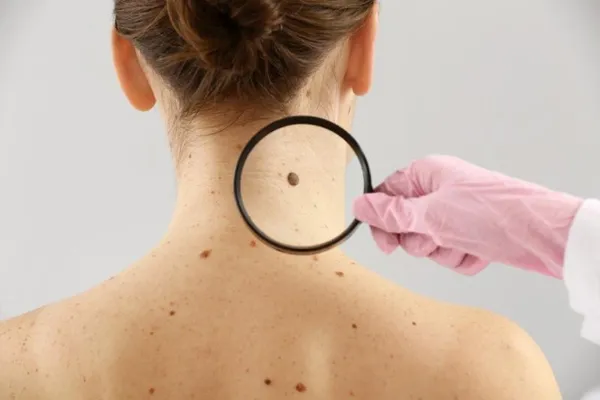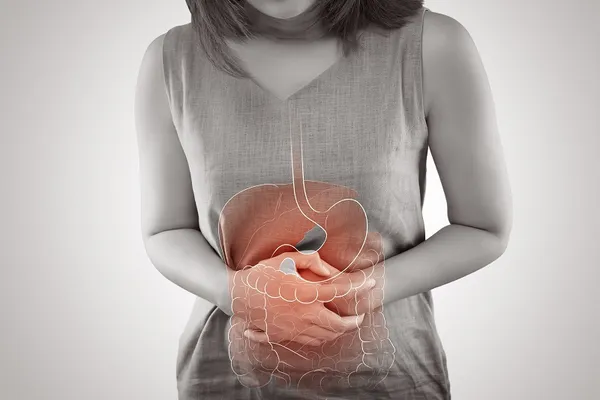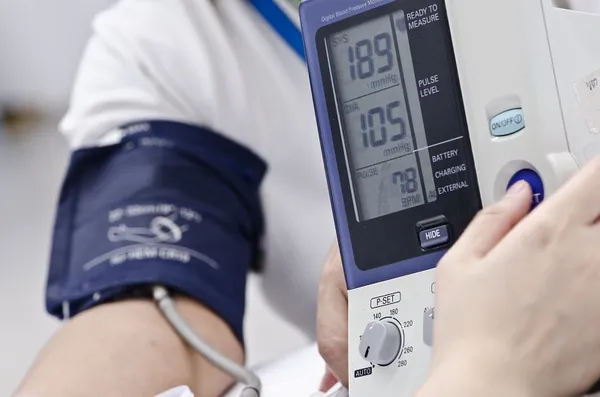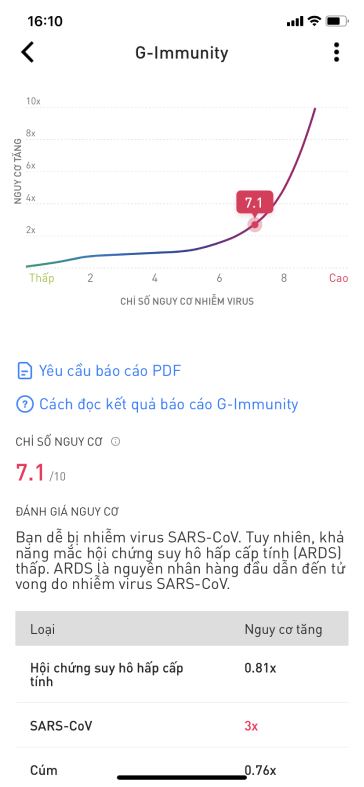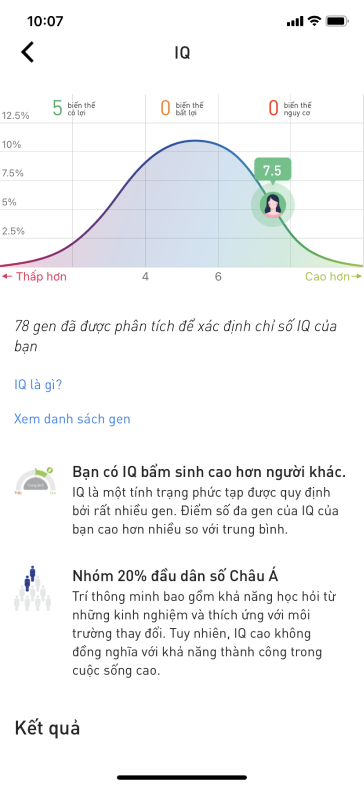Genetic testing for autism, explained

Most of the risk for autism comes from genes. Mutations in more than 100 genes are known to lead to the condition. Nonetheless, a genetic test cannot diagnose or detect autism. That’s because it is the combination of myriad genes along with environmental factors that may underlie the condition.
For example, only about one in four people missing a stretch of chromosome 16 called 16p11.2 has autism. This and other mutations are also associated with other conditions, such as epilepsy or intellectual disability.
Autism is primarily a genetic condition
Still, if a test reveals a harmful mutation with known ties to autism, the result could give the autistic person and her family an explanation for the condition. Some families also find emotional and practical support from others dealing with the same mutation.
There are no drugs tailored to particular autism mutations. But the mutations are often linked to other health problems, such as epilepsy, kidney problems or obesity, so having the information could help prevent or treat those problems.
There are four main types of tests for this risk-finding. The oldest is karyotyping, the inspection of chromosomes under a microscope. The second type is chromosomal microarray analysis, which identifies duplications or deletions of DNA too small to show up on a karyotype. The third way is sequencing or scanning for mutations across single genes. The forth is to sequence all of a person’s protein-coding DNA, or the exome.
Clinicians may sequence the exomes of both parents and the child to find mutations present in only the child. These spontaneous mutations are more likely to contribute to autism than are inherited ones.
Sequencing the entire genome is the most thorough method. It reveals mutations in any part of a person’s genome, not just the 1 percent that includes genes. However, it is still only a research tool; but as its price falls and becomes more widely available, it could replace the other tests.
Reference: https://www.spectrumnews.org/news/genetic-testing-autism-explained/











